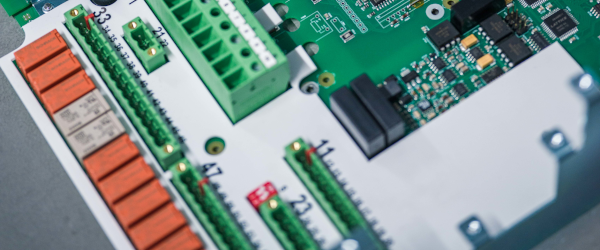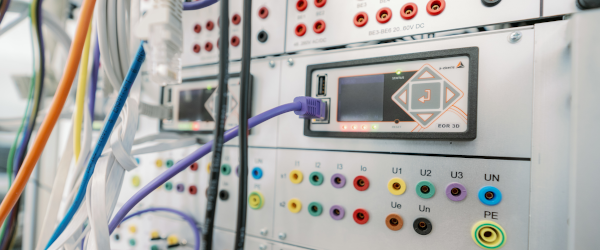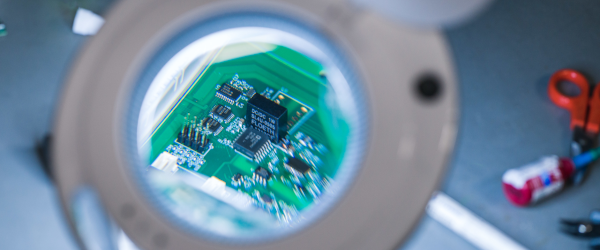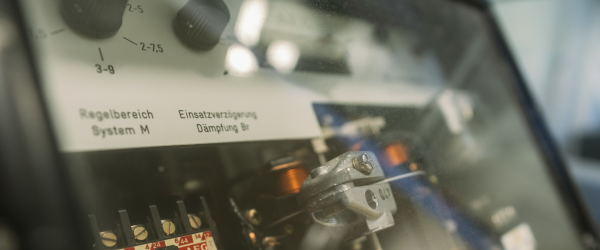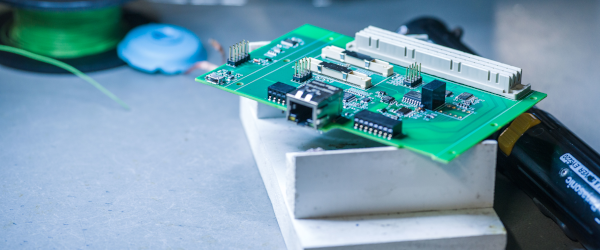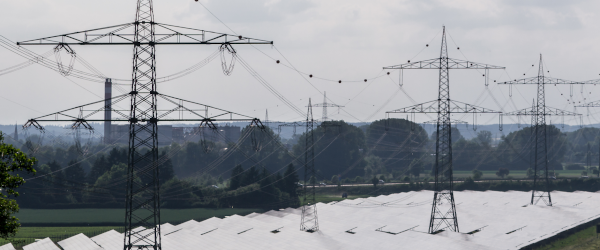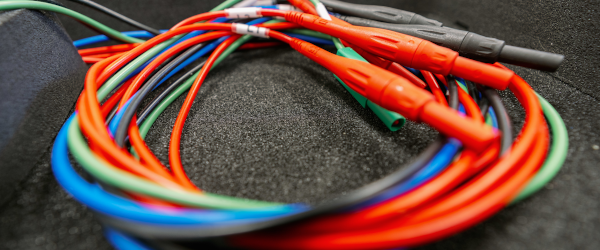Differences in measurement results
The range of electromechanical and electronic measuring devices in analog – and digital technology for the measurement of output values is extensive. A comparison of the technical documentation of various manufacturers shows that for output values no, or different definitions are given. This leads to no longer comparable measurement results for distorted sine waveform of the alternating quantities and/or significantly unbalanced loaded three-phase networks, especially for the reactive power measurement. But even with an undistorted sinusoidal waveform, with an unbalanced load the measuring equipment from different manufacturers and all things being equal can display different readings These differences may indeed be ignored with low demands on the accuracy and at approximately ideal operating conditions, but not with a significant deviation from it.
Different results can be expected and actually found, because on the one hand a uniform and generally applicable definition of the definitions for the measurement of apparent power and reactive power has not yet been implemented, and on the other, the state of the measuring technology nowadays enables an investigation of all the allowed instantaneous values of the voltages and currents sizes without special additional effort.
For a sensible treatment of the variety of these variables, the manufacturers and users of the measurement instruments must therefore be provided with knowledge of the definition and significance of the values. There must be clarity before the measurement about what is actually being measured (and why). What measurement equipment fulfill this task and what falsifying factors can affect the measurement result?
Apparent power in three-phase networks
In the energy conversion at the consumer no losses will occur if the consumer is constructed as a symmetric load circuit with linear active resistances and in each phase between the time course of voltage and current there is direct proportionality. All of these conditions must be fulfilled; balanced voltages and currents are however not a condition.
Measurement equipment for apparent power
The crucial questions for the efficiency of a resource are therefore: What is the relationship between the apparent and the effective converted into another form of energy, such as electrical power and how is the apparent power quantified?
Logically, as for the apparent power in the two-wire AC network, in the three-wire three-phase network the product of the collective voltage UΣ and the collective conductor current IΣ is identified as the collective apparent power SΣ.




